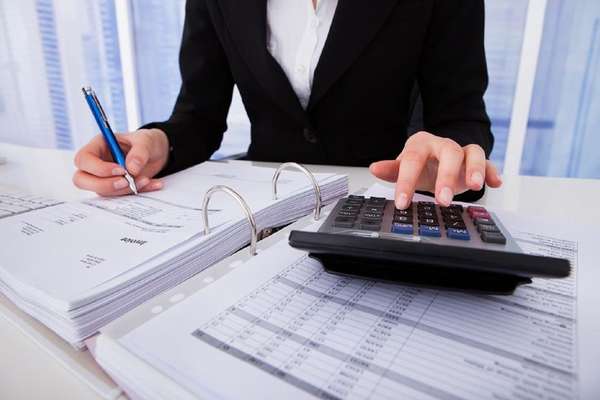What is a Balance Sheet?
Every accountant must know: “What is a balance sheet?”. The balance sheet is a tabular version of the reflection of the financial performance of the organization on a certain date. In the most widespread form in the Russian Federation and some other countries, the balance sheet consists of two equal parts, one of which shows what the organization has in monetary terms (balance sheet asset), and the other — from what sources the organization acquired it (balance sheet liability). The basis of this equality is the reflection of property and liabilities by the method of double entry in accounting accounts.
Balance sheet, compiled on a specific date, allows you to assess the current financial condition of the organization, and the comparison of the balance sheets compiled on different dates — to track the change in its financial condition over time. The balance sheet is one of the main documents that serve as a source of data for the economic analysis of the enterprise.
How to make a balance sheet
The balance sheet, for example for 2019, as well as the balance sheet for 2018, allows you to see not only the specific financial and economic situation at the reporting date, but also to analyze its change in comparison with the data for the past years. Taking into account long-term plans of development gives the chance to make the forecast of the activity of the enterprise and, accordingly, the forecast balance sheet. So, information on how to create a balance sheet will be useful for everybody.
For external users, as a rule, it is enough to present the balance sheet only for the last period with a certain periodicity (month, quarter, year). They may go with the standard reporting form, which is used to submit the report to the IFNS and state statistics bodies, but there are options for transforming the data into other reporting forms similar to the balance sheet for 2019.
For internal purposes, the main being the current analysis of activities and timely adoption of measures to adjust the work of the enterprise, the balance sheet (form 2019) can be drawn up with any frequency and in an extensive range of its types.
Thus, the value of a sample balance sheet goes far beyond the usual self-reporting created for the Tax Service. Therefore, special attention should be paid to its completion and knowledge of how to make the balance sheet correctly. Now, you know how to make a balance sheet.

How to read a balance sheet
The allocation of sections in the structure of the balance sheet is mainly due to a temporary factor.
This way, the balance sheet asset is divided into two sections depending on the time of use of assets in the activities of the organization:
- non-current assets are used for more than 12 months;
- current assets contain data on indicators that will be substantially changed over the next 12 months.
Here are some tips on how to read a balance sheet. When allocating sections in the balance sheet liability, in addition to the time factor, ownership of funds, at the expense of which the balance sheet asset is formed (equity or borrowed funds), plays a role. The liability has three sections taking into account these two factors:
- capital and reserves, where the organization’s funds are divided into an almost fixed part (authorized capital) and a variable, depending on the adopted accounting policy (revaluation, reserve capital), and the monthly changing financial performance;
- long-term liabilities — accounts payable that will last for more than 12 months after the reporting date;
- short-term liabilities-accounts payable, significant changes in which will occur within the next 12 months.
So, the structure of a balance sheet is quite simple and convenient.